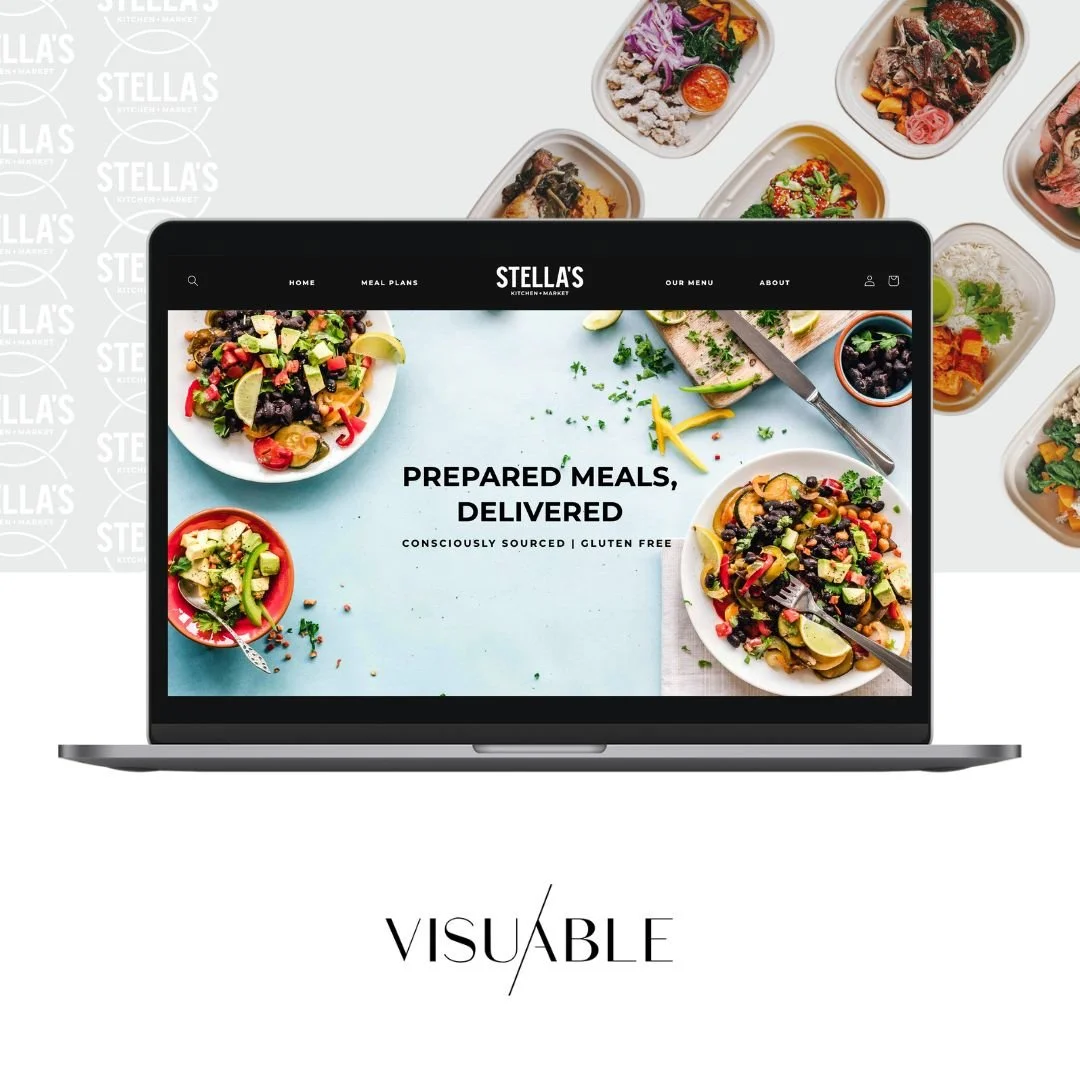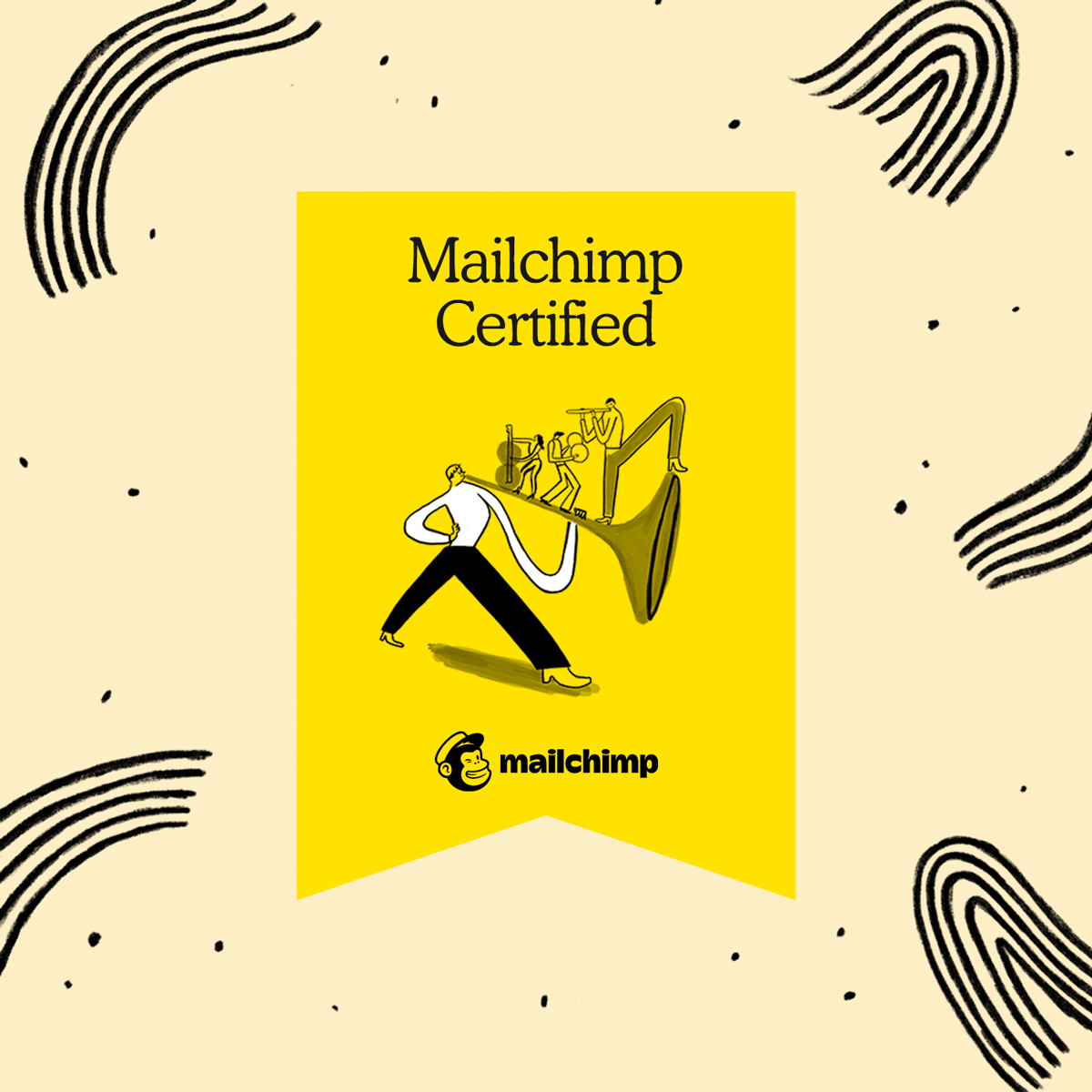What is Web Copy? A Quick Guide to Writing Effective Website Content
Web copy is the text on your website designed to engage visitors and encourage them to take action. This includes everything from headlines and product descriptions to calls to action. Understanding what web copy is essential for creating compelling and effective web content.
In this guide, we’ll cover what web copy is, its importance, key elements, and how to create it effectively.
Key Takeaways
Web copy is the engaging content on your site that drives user actions and enhances the brand narrative.
Knowing your audience and crafting a clear, concise message boosts trust and improves conversion rates.
Effective web copy should include strong CTAs, utilise SEO strategies, and regularly refresh content to maintain relevance.
Defining Web Copy
Web copywriting refers to the words used on a home page, services page, product page, landing page, and landing page. It’s the content that keeps readers engaged and leads them to take action. Effective web copywriting conveys information compellingly, engages the audience, and drives conversions. Think of it as your online salesperson, crucial for influencing conversions and enhancing user experience.
Strong web copy creates a cohesive brand narrative that addresses the audience’s needs and desires. A well-written brand introduction is often the first step in setting that narrative in motion. Engaging storytelling attracts visitors and creates a captivating narrative around the brand. Since online users have short attention spans, creating compelling copy must capture attention quickly, making brevity and clarity essential.
The ‘Slippery Slide’ concept and a clear structure in writing help enhance readability and maintain audience engagement. Understanding the purpose of each page and its hierarchy allows for better user engagement and reduces confusion.
Importance of Web Copy
Website copywriting is essential for engaging users and driving conversions. High-quality web copy can establish trust and authority with visitors. When content is well-structured, it significantly improves user experience and keeps visitors engaged. Compelling web copy addresses customer pain points, guiding them towards actions like making a purchase.
Concise and structured web copy prevents overwhelming users and enhances readability. Keeping web pages fresh and relevant is crucial for enhancing search engine rankings. Search engines favor websites that provide up-to-date content, improving visibility.
Effective web copy plays an integral role in guiding visitors through their buying journey. Well-written copy leads to better performance metrics, as more readable articles are likely to perform better. Organizing content according to the site’s information architecture improves the overall user experience.
Key Differences from Traditional Copywriting
Website copywriting focuses on action and conversion, unlike content writing. Web copy must prioritize brevity and directness, contrasting with the longer, more elaborate formats often used in traditional copy. Short sentences and very short paragraphs create a slippery slide effect, making web copy more engaging. Effective formatting in web copy keeps text digestible and skimable for readers.
The primary aim of web copywriting is to drive action. Web copywriting needs to capture attention quickly due to the limited attention spans of online users. This means that every word counts, and the writing style must be sharp and to the point. It’s all about creating a seamless user experience that guides the reader toward a specific action.
Essential Elements of Effective Web Copy
Headlines and subheadings act as hooks that grab attention and help guide users through the content. The role of headlines in web copy is to create a first impression, engage readers, and affect social media shares. Subheadings improve readability and navigation for visitors. Calls to action should be strategically placed and compelling to encourage user interactions.
Focusing on how to write rather than what to communicate can dilute the message’s impact. Overloading copy with too much information can bore readers and cause them to lose interest. Key elements of effective website copywriting include clarity, conciseness, compelling headlines, subheadings, and strategic calls to action. A firm grasp of these fundamentals helps clients create compelling web copy.
Microcopy, which refers to short text on a website like calls to action and form labels, can significantly affect the user experience.
Need help bringing your brand’s voice to life online?
Our team of expert website copywriters can craft persuasive, high-converting content that speaks directly to your dream audience.
Understanding Your Target Audience
Understanding your target audience is crucial as it enables you to tailor your web copy effectively, ensuring it resonates with potential customers. Using customer language in web copy improves connection and relevance, making the text resonate more with the target audience. Web copy significantly influences first impressions, and engaging text encourages visitors to remain on the site. Copy that aligns with audience emotions is more persuasive and leads to better conversion rates.
Writing engaging copy that resonates and compels readers to take action is vital for the website’s success. Using surveys and social media analytics can provide valuable insights about audience preferences in a blog post.
Market research is crucial as it offers insights into audience preferences, aiding in the development of a tailored brand message. Identifying the audience helps tailor your copy to their interests and needs, ultimately enhancing engagement and conversions. Creating buyer personas allows for more targeted and effective copywriting, improving the chances of engagement.
Crafting a Compelling Brand Voice
Establishing a distinct brand personality is essential for creating a unified voice that resonates with the audience. Using specific adjectives that reflect brand values helps in shaping a memorable and recognizable brand voice. Consistent language across all communications solidifies brand identity and builds customer trust.
If you're unsure where to begin, check out our guide on writing an impactful brand introduction for actionable tips.
Creating a brand voice chart can guide marketers in maintaining a consistent tone and language across various platforms. Incorporating storytelling techniques can significantly enhance emotional connections with customers.
Want your words to match a brand identity that truly represents who you are?
Our brand identity design services build the visual and verbal foundation your message needs to shine.
Writing Clear and Concise Content
Website copy must be clear and concise to hold the audience’s attention effectively. Clarity ensures quick understanding of the value proposition and key information. Brevity improves clarity and ensures the message is effective. Conciseness involves being both brief and comprehensive in communication.
Writing with clarity requires a clear purpose, logical organisation, and careful word choice. Removing unnecessary details and summarizing can improve clarity. Trimming unnecessary words can significantly enhance the impact of writing content.
Use bullet points and focus on single ideas per paragraph to enhance readability. Each paragraph should maintain coherence and relevance to the main topic. Short sections with two or three sentences help visitors quickly find information.
For those looking for professional assistance, Visuable’s Copywriting services offer tailored solutions to craft clear and impactful web content.
Using SEO Strategies in Web Copy
Effective web copy is essential for search engine optimization, helping improve visibility by integrating relevant keywords naturally. Well-written copy directly impacts SEO rankings by providing relevant and clear content, making it easier for search engines to index. The purpose of SEO in web copy is to improve visibility and ranking of a website. SEO integration is important in website copywriting as it enhances site visibility in search engines. Effective use of keywords in content helps improve organic search visibility and attracts relevant traffic. Incorporating long-tail keywords into product descriptions can lead to better ranking opportunities.
Incorporating target keywords naturally is essential for enhancing SEO in web copy. This is a key element that cannot be overlooked. Web copy should contain keywords and informative content about the topic to improve search engine rankings. Search engines assess content freshness by factors like the date of creation, last updates, and overall update frequency.
Balancing SEO optimization with a seamless user experience is crucial. Headings provide a hierarchical structure that enhances content understanding by search engines. Digital platforms require a balance of creativity and strategic thinking to produce effective content that is also SEO-friendly. Mobile-friendliness is prioritized by search engines and affects visibility.
Looking to boost your visibility on Google while staying true to your brand’s tone?
Our SEO experts integrate search strategy with authentic storytelling to help you stand out.
Incorporating Social Proof
Social proof in web copy refers to testimonies, case studies, or results that support the offer. Building trust involves using testimonials and case studies to showcase product value and reliability. Testimonials and case studies instill confidence and provide evidence of value. When selecting testimonials, they should fit the target audience and copy goals.
Social proof can improve conversions by showing how the offer has benefited others. Authenticity is a necessary quality of web copy in order to build trust with consumers. Consistency in messaging reinforces a cohesive narrative and builds reliability.
An example of effective social proof used on Copyhackers’ homepage includes logos from major brands and testimonials from industry leaders.
The Role of Calls to Action
Effective web copy should incorporate strong calls to action to guide visitors towards desired actions on the website. A weak conclusion can undermine a well-crafted message; a strong call to action is essential. Using emotional appeals and urgency in CTAs can enhance their persuasive power by resonating with the audience’s desires.
A compelling CTA should be concise, action-oriented, and emotionally engaging to prompt user responses. Clear and persuasive CTAs must be specific, detailing what the reader should do and the benefits of taking that action. A unified and consistent CTA across different marketing platforms helps in maintaining clarity and boosting user engagement.
CTAs are more effective when they are strategically placed near relevant text or visuals that provide context. Testing different CTA elements, such as wording and positioning, is essential for optimizing their effectiveness in driving conversions. Using overly aggressive sales language can alienate potential customers instead of persuading them.
A/B Testing and Analytics
A/B testing is a method used to refine web copy by comparing two or more versions to determine which performs better in terms of user engagement or conversion rates. Collecting accurate data is essential for relevant A/B testing, as it informs decision-making and subsequent optimizations.
Controlled A/B testing focuses on testing a variation against a control version, while multivariate testing evaluates multiple variables simultaneously. A/B/n testing allows for testing several variations against a control at the same time for quicker insights into effective messaging.
Statistical analysis is necessary to validate A/B testing results, ensuring differences in performance are not due to chance.
Keeping Web Copy Fresh and Relevant
Regularly updating content helps in building a brand’s credibility and encourages repeat visits. Outdated information on a website can drive potential leads away, increasing bounce rates. Merging similar content can prevent keyword cannibalization, which occurs when multiple pages compete for the same keywords.
Creating a content calendar aids in maintaining consistency and planning updates for existing content. Updating web design is crucial for ensuring that content remains appealing and functional for users. Imagery on a website should reflect any updates in branding or messaging to maintain consistency.
Web content should comply with legal standards, like the Americans with Disabilities Act, to ensure accessibility. To keep website copy appealing, a proactive approach is essential. This involves adapting to industry trends and challenges.
Mobile-Friendly Web Copy
Mobile-optimized copywriting is essential as users engage with websites primarily on mobile devices. Optimizing web copy for mobile devices enhances user experience, making navigation and information consumption easier.
The effectiveness of web copy is largely influenced by its adaptability across various devices and platforms.
Common Challenges in Web Copywriting
Authors face various challenges at every skill level in web copywriting. Taking feedback is essential for effective messaging and improvement in website copywriting skills. Common writing aids include spellcheck, character counters, tools for grammar and punctuation correction, and readability improvement tools. Finalising a copy document involves cleaning up and preparing it for a designer or content manager.
Continuous growth and improvement are the mindset that leads to better copywriting skills. When receiving criticism on their copy, clients should remember not to take it too personally. Checking out the competition informs strategy by revealing competitors’ tone and calls to action. Embracing challenges and continuously seeking improvement are key to success in web copywriting.
Summary
In summary, effective web copywriting involves understanding your audience, crafting a compelling brand voice, writing clear and concise content, using SEO strategies, incorporating social proof, and regularly updating your content. By mastering these elements, you can create web copy that not only engages readers but also drives conversions.
Looking for web copy that truly speaks to your audience?
Discover how Visuable’s copywriting services can help you share your story with clarity, confidence, and impact.
Frequently Asked Questions
What is web copy?
Web copy is the text on your website designed to grab attention and encourage visitors to take action, like making a purchase or signing up. It's all about connecting with your audience and boosting those conversions!
Why is web copy important?
Web copy is super important because it builds trust with your audience and improves their experience on your site. Plus, it helps tackle their issues and boosts your search engine rankings.
How does web copy differ from traditional copywriting?
Web copy is all about being concise and pushing for action, unlike traditional copy that can be more detailed and lengthy. So, if you want to engage online, keep it short and snappy!
What are essential elements of effective web copy?
To nail effective web copy, focus on catchy headlines, strategic subheadings, clear calls to action, and keep your content concise. This will grab attention and drive engagement!
How can I keep my web copy fresh and relevant?
To keep your web copy fresh and relevant, regularly update your content and merge similar topics to avoid confusion. Using a content calendar can help you stay organized and consistent!
Still have questions or not sure where to start?
Let’s chat about your goals. We’ll guide you towards a personalised package that aligns with your vision and helps your brand grow.


































